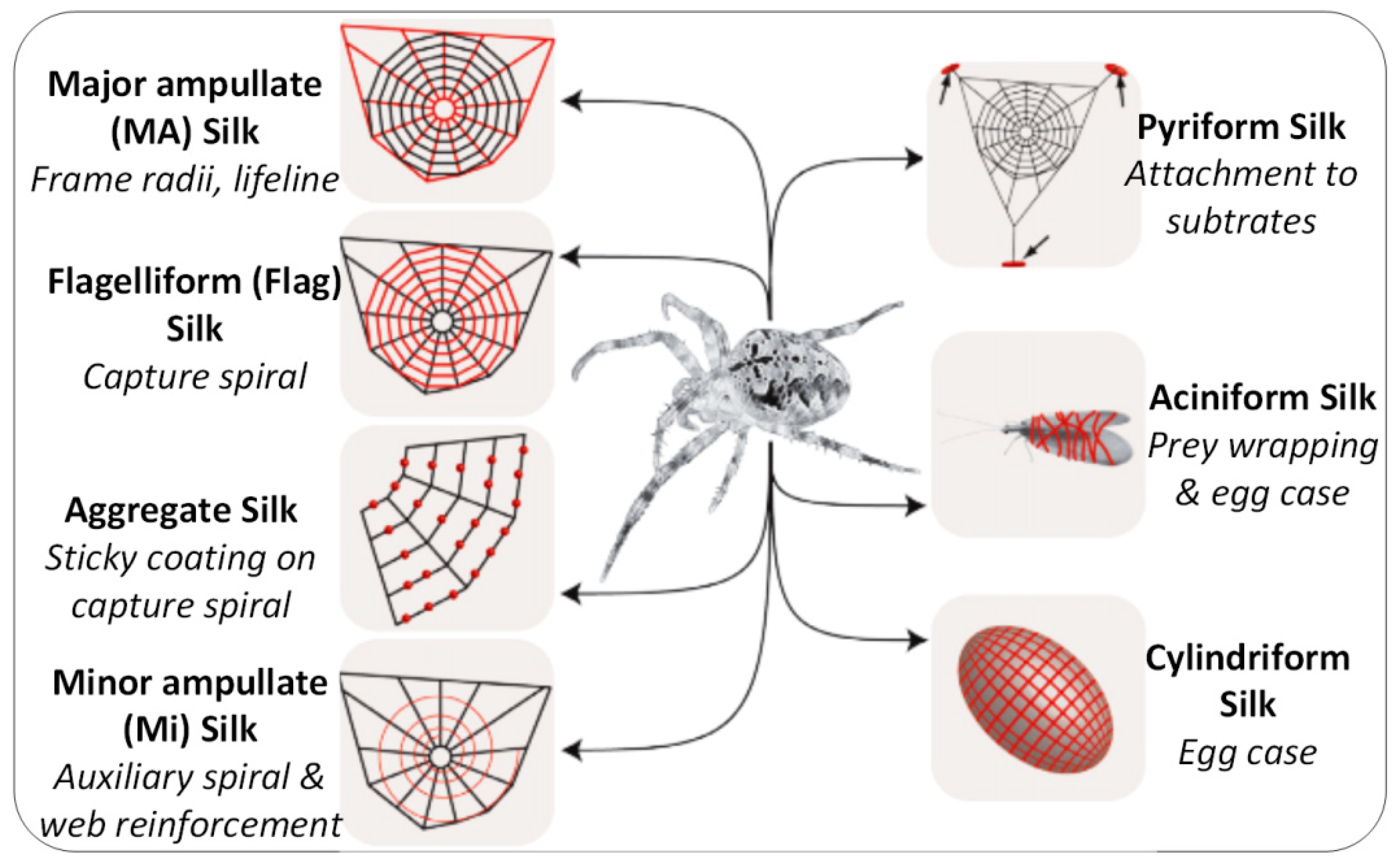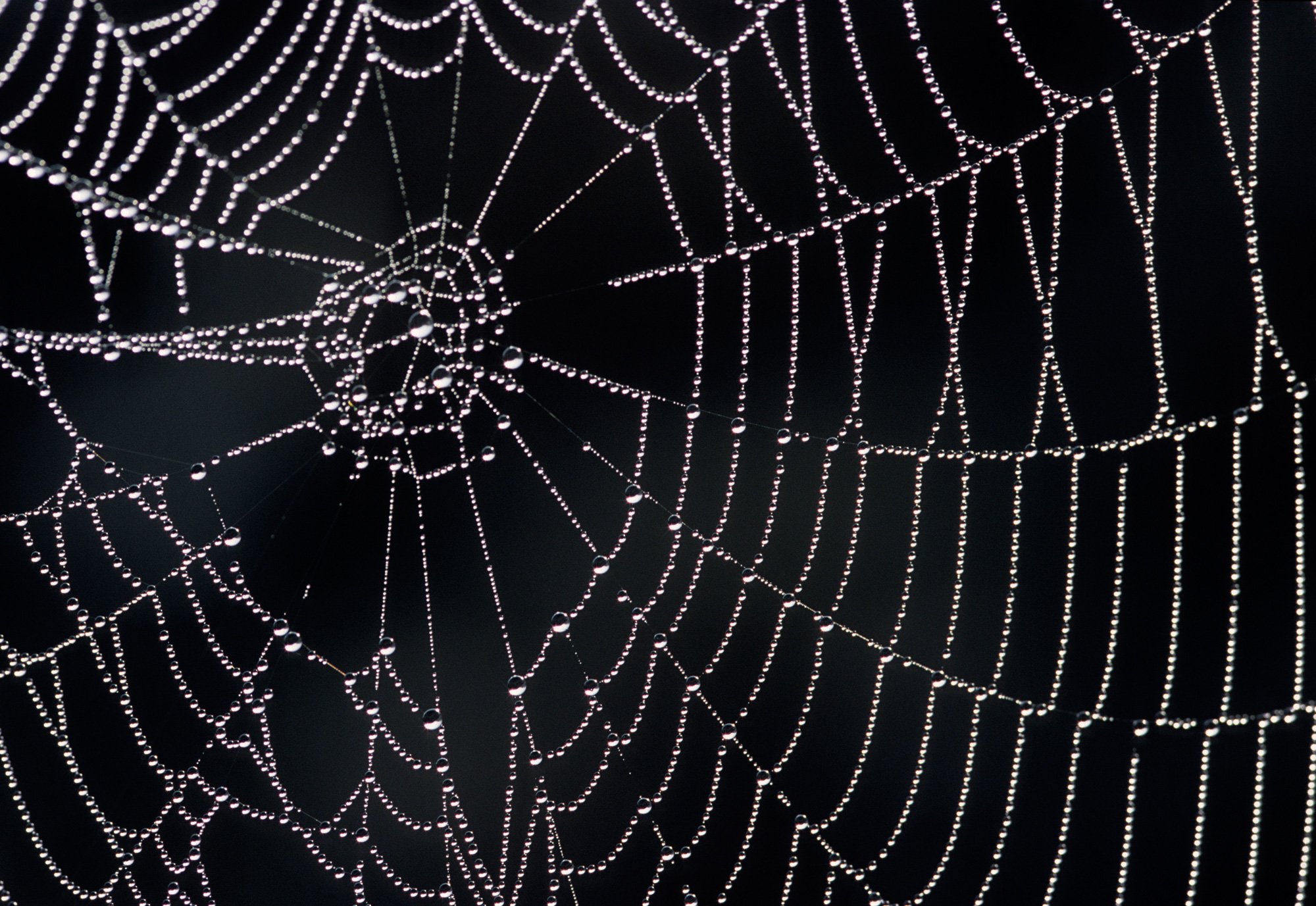The purpose and benefit of spider webs are to catch prey and provide shelter. Spider webs serve as traps for insects and other small creatures, aiding spiders in obtaining food.
Additionally, spider webs play a crucial role in maintaining ecological balance by controlling insect populations. These intricate structures also act as a form of protection for spiders, offering a safe space for them to rest and reproduce. Moreover, spider silk, the material used to create webs, is incredibly strong and flexible, making it useful for various applications in medicine and industry.
In essence, spider webs are essential for spiders’ survival and have far-reaching impacts on the ecosystem.
The Art Of Weaving Life
Spider webs are often associated with Halloween and haunted houses, but these intricate creations serve a much greater purpose than just scaring people. The art of weaving life is an essential part of a spider’s survival, and their webs offer numerous benefits to both the spider and the ecosystem around them.
Spider Silk: A Material Marvel
The silk that spiders use to create their webs is a material marvel. It is incredibly strong, stretchy, and lightweight, making it ideal for a wide range of uses. Spider silk is stronger than steel, yet it is also flexible enough to stretch up to 40% of its length without breaking. This unique combination of strength and flexibility makes it an ideal material for everything from bulletproof vests to artificial tendons.
Weaving Techniques: More Than A Web
While most people think of spider webs as a simple structure, in reality, they are incredibly complex creations that require a great deal of skill to construct. Spiders use a variety of weaving techniques to create different types of webs depending on their needs. For example, orb-weaving spiders create large, circular webs that are perfect for catching flying insects, while funnel web spiders create funnel-shaped webs that are ideal for trapping ground-dwelling prey.
Spiders also use their webs for a variety of purposes beyond just catching prey. Some species use their webs as a form of communication, leaving messages for other spiders. Others use their webs as a form of transportation, allowing them to glide through the air on silk threads.
In conclusion, spider webs are much more than just spooky decorations. They are essential parts of a spider’s life and offer numerous benefits to both the spider and the ecosystem around them. From the incredible properties of spider silk to the complex weaving techniques used to create different types of webs, the art of weaving life is truly a marvel of nature.

Credit: www.mdpi.com
Architectural Wonders In Miniature
Design Variations Across Species
Spider webs, intricate and diverse, showcase design variations across species. From the classic circular orb webs to the irregular tangle webs, each spider species crafts a web uniquely suited to its hunting needs. The architectural marvels differ not only in shape but also in the silk’s composition, ensuring an optimal catch for the spider’s prey.
Structural Integrity And Flexibility
The structural integrity and flexibility of spider webs are exceptional. These architectural wonders are constructed using silk, which is stronger than steel of the same diameter. The webs possess remarkable tensile strength and can stretch without breaking, enabling them to withstand diverse weather conditions and prey struggles.
Feast And Famine: The Hunting Grounds
Spider webs serve a dual purpose in the intricate ecosystem of ‘Feast and Famine: The Hunting Grounds’. They not only act as traps for unsuspecting prey but also provide camouflage and protection for the spiders, ensuring their survival and sustenance in the wild.
A Natural Trap For Prey
Spider webs serve as a natural trap for prey, creating the perfect hunting grounds for spiders. These intricate structures are designed to ensnare unsuspecting insects and other small creatures. When a prey item flies or walks into a web, it gets entangled in the sticky silk threads, unable to escape. The spider, alerted by the vibrations transmitted through the web, swiftly immobilizes its prey before injecting it with venom to begin the feeding process. Spider webs come in various designs and shapes, each optimized for different hunting strategies. Some spiders create orb webs, which are circular and suspended between branches or other structures. These webs are highly effective at catching flying insects, as they are easily visible in the open space. Other spiders, like the funnel-web spiders, construct funnel-shaped webs that guide prey towards a small opening where the spider lies in wait.
Efficiency In Energy Conservation
Spider webs also play a crucial role in energy conservation for spiders. As predators, spiders rely on a steady supply of food to survive and reproduce. However, the availability of prey in their environment can be unpredictable, resulting in feast or famine situations. Spider webs help to maximize the efficiency of energy consumption during times of abundance and conserve energy during scarcity. During periods of plenty, spiders can capture and store prey in their webs. By immobilizing and wrapping the prey in silk, spiders can preserve their catch for later consumption. This allows them to make the most out of their hunting efforts and ensures a steady supply of food when prey becomes scarce. Additionally, the structure of spider webs allows them to catch multiple prey items simultaneously, increasing the efficiency of their hunting endeavors. In times of scarcity, spiders can remain relatively inactive, conserving their energy until prey becomes more abundant. By staying hidden within their webs and minimizing unnecessary movements, spiders can reduce their metabolic rates and survive on limited resources. The ability to adapt their hunting activities and energy expenditure based on prey availability is crucial for the survival and reproductive success of spiders. In conclusion, spider webs serve a dual purpose in the natural world. They act as effective traps for prey, allowing spiders to secure their meals and sustain themselves. At the same time, spider webs aid in energy conservation, enabling spiders to adapt to fluctuating prey availability. The intricate designs and strategic placement of spider webs demonstrate the remarkable adaptability and resourcefulness of these arachnids.
Beyond The Hunt: Multifunctional Uses
Spider webs are not only fascinating structures created by spiders to catch prey; they also serve multiple purposes beyond the hunt. These intricate webs are marvels of engineering, providing benefits that go beyond capturing food. Let’s explore some of the multifunctional uses of spider webs.
Nursery For The Next Generation
Spider webs serve as nurseries for spiderlings, the next generation of spiders. Female spiders carefully construct webs to lay their eggs and protect them from predators. The silk used in webs is strong and durable, creating a safe environment for spiderlings to develop.
Shelter From The Elements
Spider webs also provide shelter for spiders from harsh weather conditions. Webs act as protective shields, shielding spiders from rain, wind, and excessive sunlight. The intricate design of the web allows spiders to find refuge and remain hidden from potential threats.
Moreover, spider webs can act as a temperature regulator, helping spiders maintain an optimal climate within their shelters. The silk’s insulating properties help regulate heat, keeping spiders comfortable in both hot and cold environments.
Spider webs not only provide shelter for spiders but also play a crucial role in maintaining the balance of ecosystems. They trap debris, such as leaves and pollen, helping to clean the environment and prevent the accumulation of unwanted materials.
In conclusion, spider webs are not just tools for hunting; they serve multiple purposes and provide various benefits to spiders. From being nurseries for the next generation to offering shelter from the elements, these intricate structures showcase the ingenuity of nature. Understanding the multifunctional uses of spider webs helps us appreciate the vital role spiders play in maintaining ecological balance.
Chemical Ingenuity: Composition Of Spider Silk
Spider silk is a remarkable material known for its exceptional strength, flexibility, and lightness. This natural wonder is composed of proteins and polymers that contribute to its unique properties.
Proteins And Polymers: Building Blocks
Spider silk primarily consists of proteins, with each protein playing a specific role in the overall structure and function of the silk. These proteins are intricately arranged to form the building blocks of the silk, enabling it to exhibit its extraordinary mechanical properties.
Strength And Elasticity: A Comparative Analysis
The strength and elasticity of spider silk are unmatched in the natural world. Pound for pound, it is stronger than steel and more elastic than rubber. This exceptional combination of strength and flexibility allows spider silk to withstand tremendous forces without breaking, making it an invaluable resource in various applications.
Ecosystem Engineers: Impact On Environment
Spider webs, as ecosystem engineers, play a vital role in the environment by capturing prey, supporting food chains, and influencing nutrient cycling. The purpose of spider webs lies in providing shelter and a means of prey capture for spiders, while also benefiting the ecosystem by controlling insect populations and contributing to overall biodiversity.
Biodiversity And Pest Control
Spider webs support biodiversity by providing habitats for various insects. They act as natural pest controllers by trapping harmful insects. Biodiversity supported by spider webs enhances ecosystem resilience.
Contribution To Plant Pollination
Spiders assist in plant pollination by catching flower-visiting insects. This action promotes cross-pollination among plants. Plant pollination increases plant diversity and reproduction success.
Inspiration For Innovation
Spider webs serve a crucial purpose in nature and have inspired various innovative applications across different fields. Let’s explore how these intricate structures have led to groundbreaking advancements in science and technology.
Biomedical Applications: Healing With Silk
Spider silk is known for its remarkable strength and flexibility, making it an ideal material for biomedical uses.
Silk from spiders can be used in biodegradable sutures for wound healing.
Material Science: From Kevlar To Spider Silk
Spider silk has properties similar to Kevlar, a synthetic material used in bulletproof vests.
Innovations in material science have led to the development of lightweight and strong materials.

Credit: news.mit.edu
Conservation Efforts For Spider Habitats
Preserving The Weavers
Protecting spider habitats crucial for ecosystem balance.
Impact Of Human Activity On Spider Populations
Urbanization, deforestation harm spider populations.

Credit: www.earthkind.com
Frequently Asked Questions
What Is The Purpose Of Spider Webs?
Spider webs serve as traps for catching prey and as shelters for spiders.
How Do Spider Webs Benefit The Ecosystem?
Spider webs help control insect populations, contributing to ecosystem balance and biodiversity.
What Unique Properties Do Spider Webs Possess?
Spider webs are incredibly strong, elastic, and have adhesive properties, making them versatile structures in nature.
Conclusion
Spider webs are truly fascinating structures that serve a variety of purposes in the natural world. From trapping prey to providing shelter, these intricate webs are essential to the survival of many species. In addition to their practical benefits, spider webs are also a wonder to behold, with their delicate and intricate designs.
As we continue to study these amazing structures, we are sure to uncover even more benefits and uses for spider webs. So the next time you come across a spider web, take a moment to appreciate the incredible engineering and beauty of this natural wonder.
Related posts:

I’m MD Tanvir, and I bring years of expertise gained from working closely with pest control companies to the forefront. My journey in the industry has inspired me to launch Bug Battler, a platform aimed at equipping people with the know-how to combat pests autonomously. Through Bug Battler, I aim to empower individuals with practical insights to tackle pest infestations effectively.
